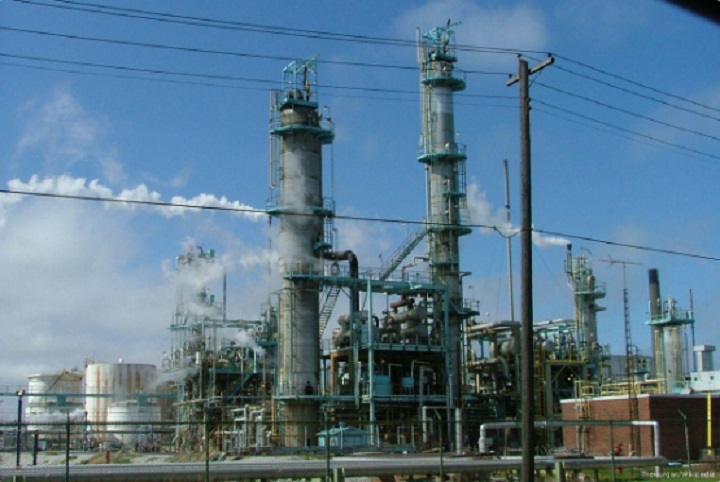If you are interested in energy investing, it is crucial that you brush up on what has been happening in the Middle East as of late. On Monday, Saudi Arabia, Bahrain, the United Arab Emirates and Egypt all cut ties with Qatar. This has resulted in a major diplomatic crisis and many investors are left wondering how this will affect oil output in the Middle East.
All four countries (three of which are Persian Gulf countries) have decided to sever ties with Doha, which is the capital of Qatar. They have accused the country of interfering with internal affairs and endorsing terrorism, which, of course, Qatar denies.
Looking at the New York Mercantile Exchange, you will see the following: July West Texas Intermediate crude CLN7, +0.06% dropped 26 cents, or 0.6% settling at $47.40 a barrel. On the other hand, if you look at London’s ICE Futures exchange, you will see that August Brent crude LCOQ7, -0.94% fell 48 cents, or 1% to settle at $49.47 a barrel. In terms of both benchmark crudes, these settlements were the lowest in less than a month.
In the European session and in Asian trading, oil prices had turned a gain of more than 1%.
Tyler Richey, co-editor of the Sevens Report, has stated that the “increased tensions in the Middle East prop up oil prices with a fear bid, but the dynamic of this Qatar issue is different because it is largely between Saudi Arabia and Iran.” Richey told MarketWatch that “the likelihood of military action between the two major OPEC members is pretty slim which means that the chances of production outages is also low.” He adds that this rift is “jeopardizing the global production agreement as rising tensions between OPEC members could result in the entire quota-policy-deal falling apart.”
Even though Qatar is a member of the Organization of the Petroleum Exporting Countries (OPEC), market experts do not consider this country to be a crucial crude producer. As a result, as stated by Phin Ziebell of National Australia Bank, “this means Qatar may have little reason to keep the production quota and if that happens, it might encourage other OPEC members to cheat too.”
In late 2016, members of OPEC, as well as non-members of OPEC, decided to form an agreement to severe its output by 1.8 million barrels a day in an attempt to reduce oversupply. The decision to cut production did at first help to lift global oil prices, but as always, all good things come to an end. Most of these gains have now been erased, thanks to the rise in production from the United States and Libya. As of right now, the program for cuts has been prolonged to March 2018.
If you are interested in alternative energy investing, then you will know that oil has had a rough couple months, dropping more than 4% last week. This is the largest weekly decline that the market has seen since the start of May. In addition to oil prices declining, the overall attitude of investors has changed drastically. This market sentiment came after Baker Hughes, an American industrial service company, released data on Friday which indicated that United States oil drillers have added 11 more active oil rigs in the week, ending on June 2.
Since crude production in the United States has equated to more than 9.3 million barrels a day for four weeks straight, the government now demands output to reach roughly 10 million barrels a day in 2018. To learn more about this, watch out for the Energy Information Administration’s monthly Short-term Energy Outlook report which will be released on Tuesday, June 6th.
That said, Rosneft, which is Russia’s largest oil producer, is skeptic about whether or not the OPEC cuts will help to lift oil prices in the long-term. According to Rosneft, oil producers who were not a part of the reduction pack, such as Libya and Nigeria, have continued to increase production.
Looking back on the New York Mercantile Exchange, you will see the following: July gasoline RBN7, +0.01% lost 3.9 cents, or to put it differently, 2.5%, to $1.538 a gallon; July heating oil HON7, +0.13% shed 2.6 cents, or 1.7%, to $1.459 a gallon. For the lowest finish since the middle of March, there is July natural gas NGN17, -0.10% which fell 1.7 cents, or 0.6%, to end at $2.982 per million British thermal units.
Featured Image: Twitter











